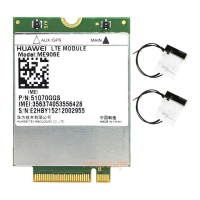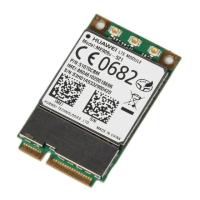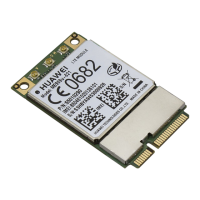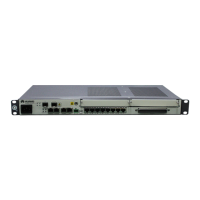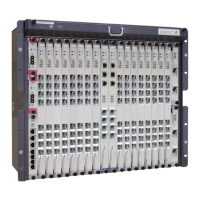HUAWEI MU609 HSPA LGA Module
Hardware Guide
Description of the Application Interfaces
Huawei Proprietary and Confidential
Copyright © Huawei Technologies Co., Ltd.
USIM_VCC pin for USIM card power output
Table 3-2 lists the definitions of the pins on the power supply interface.
Table 3-2 Definitions of the pins on the power supply interface
48–50, 52–54,
56–59, 106,
108, 110, 112,
114 and 116
Power supply for
USIM card
3.3.2 Power Supply VBAT Interface
When the MU609 module works normally, power is supplied through the VBAT pins
and the voltage ranges from 3.3 V to 4.2 V (typical value: 3.8 V). The 145-pin LGA
provides two VBAT pins and GND pins for external power input. To ensure that the
MU609 module works normally, all the pins must be used efficiently.
When the MU609 module is used for different external applications, pay special
attention to the design for the power supply. When the MU609 module works at 2G
mode and transmits signals at the maximum power, the transient current may reach
the transient peak value of about 2.75 A due to the differences in actual network
environments. In this case, the VBAT voltage drops. If you want wireless good
performance, please make sure that the voltage does not decrease below 3.3 V in any
case. Otherwise, exceptions such as restart of the MU609 module may occur.
A low-dropout (LDO) regulator or switch power with current output of more than 3 A is
recommended for external power supply. Furthermore, five 220 µF or above energy
storage capacitors are connected in parallel at the power interface of the MU609
module. In addition, to reduce the impact of channel impedance on voltage drop, you
are recommended to try to shorten the power supply circuit of the VBAT interface.
It is recommended that add the EMI ferrite bead (NR3015T4R7M manufactured by
TAIYO YUDEN or VLS3015T-4R7MR99 manufactured by TDK is recommended) to
directly isolate DTE from DCE in the power circuit. Figure 3-2 shows the
recommended power circuit of MU609 module.

